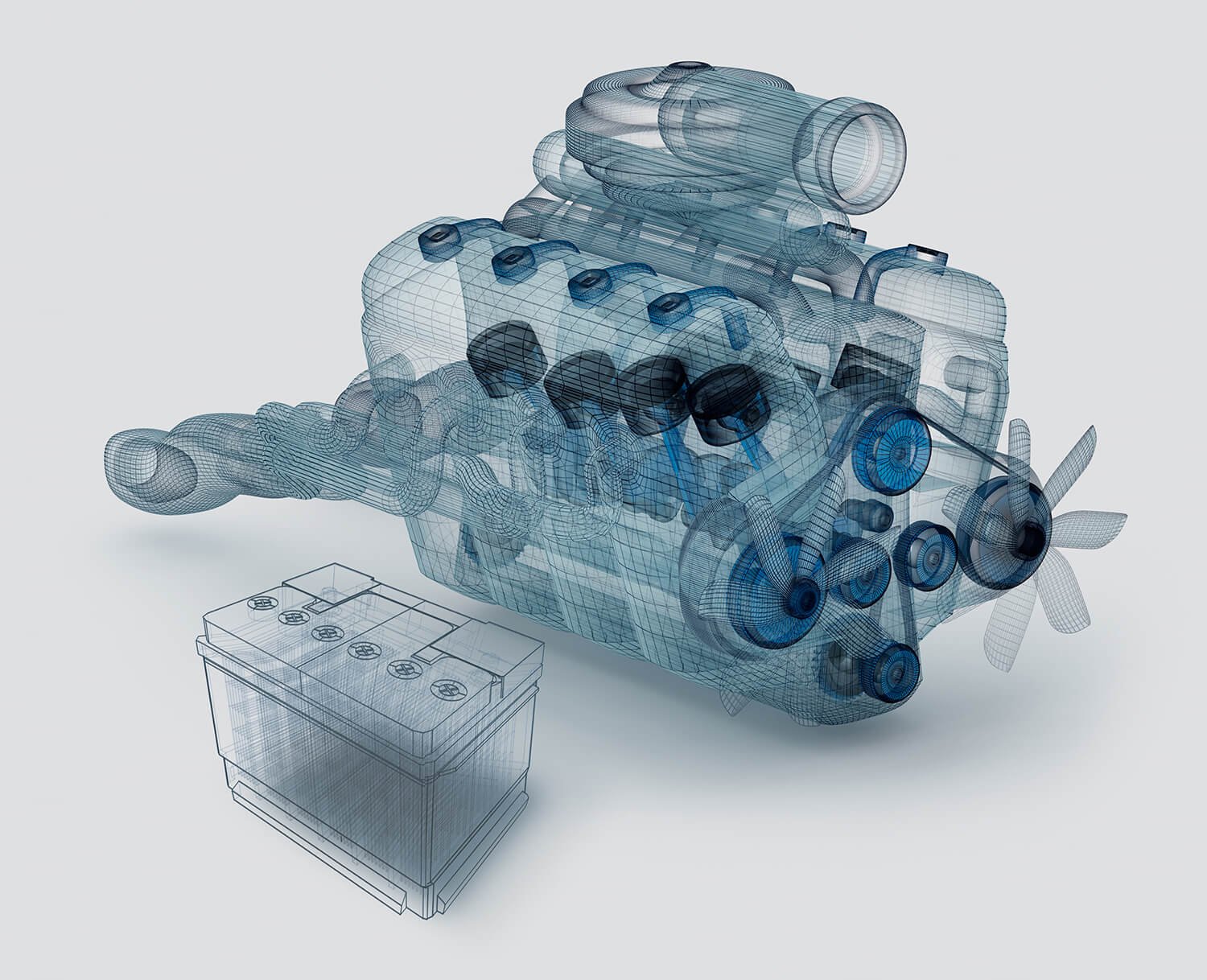Driving low cost and sustainable battery innovation.
Driving low-cost
& sustainable
battery
innovation.
Reducing emissions
through fuel efficiency.
The automotive industry accounts for 14% of annual global CO₂ emissions, so reducing emissions through fuel economy improvements is a key part of the global drive towards decarbonisation.
While mass adoption of EV’s will eventually reduce CO₂ emissions, improving fuel efficiency of the Internal Combustion Engine (ICE) will have a bigger impact on reducing oil consumption (and therefore CO₂ emissions) in the next few decades. Our proprietary ArcCarbon technology dramatically improves lead acid batteries' Dynamic Charge Acceptance (DCA), enhancing an existing, low-cost technology and extending its utility for years to come.

Small changes
for big rewards.
When braking a micro hybrid vehicle using an ArcActive battery, the kinetic energy recovered is approximately three times more than a conventional lead acid battery.
That recovered energy can be used to power other electrical functions within the car. The result? Longer and more frequent periods of “no-alternator” operation, so less fuel is required. By improving Dynamic Charge Acceptance (DCA) in the lead acid battery, ArcCarbon can reduce CO₂ emissions by around 3% per vehicle, at minimal additional cost to the manufacturer or the consumer.
That might not sound like much but it’s the equivalent of taking two million cars off the road every year.
3% REDUCTION
PER VEHICLE
2 MILLION CARS OFF
THE ROAD
3x ENERGY RECOVERED BRAKING
Start your engines.
Again and again.
ArcCarbon improves fuel economy in Micro-hybrid vehicles (MHV) by optimising battery usage during start/stop events. When a MHV is at rest, the engine is switched off, then it restarts again when needed. This presents several challenges for the battery.
Firstly, the battery may endure 10-100x as many starts per day than a traditional car. Secondly, the battery needs to support "hotel loads" (such as lighting and radio) while the engine is off. As a result, it’s relatively easy for a car battery's state of charge to become so low that the car may not restart after a start/stop event. If the battery SoC drops, the Start/Stop function is turned off by the car, hence the fuel saving benefits dry up. Having High DCA means that the system is saving the maximum amount of fuel.
Simply put, our ArcCarbon technology maximises the fuel saving of a Micro Hybrid by recovering most of the energy available from the alternator.

ArcCarbon mitigates a common problem with EV auxiliary batteries.
ArcCarbon can also be used for the Auxiliary Battery in EV’s. All EV vehicles have an auxiliary 12-volt lead acid battery as a safety requirement in case the main lithium-ion battery fails.
An Undercharged Unit.
Using an ArcCarbon battery as the auxiliary battery in an EV dramatically improves the functionality of the vehicle by offering constant readiness as it is continuously charged.
During colder periods, regular lead acid auxiliary batteries can become undercharged. This can lead to a vehicle being unfit, unsafe and, in some cases, unable to function.
ArcCarbon mitigates this issue due to higher Charge Acceptance at low temperatures. This allows OEMS to stop oversizing batteries as a solution to the problem.





